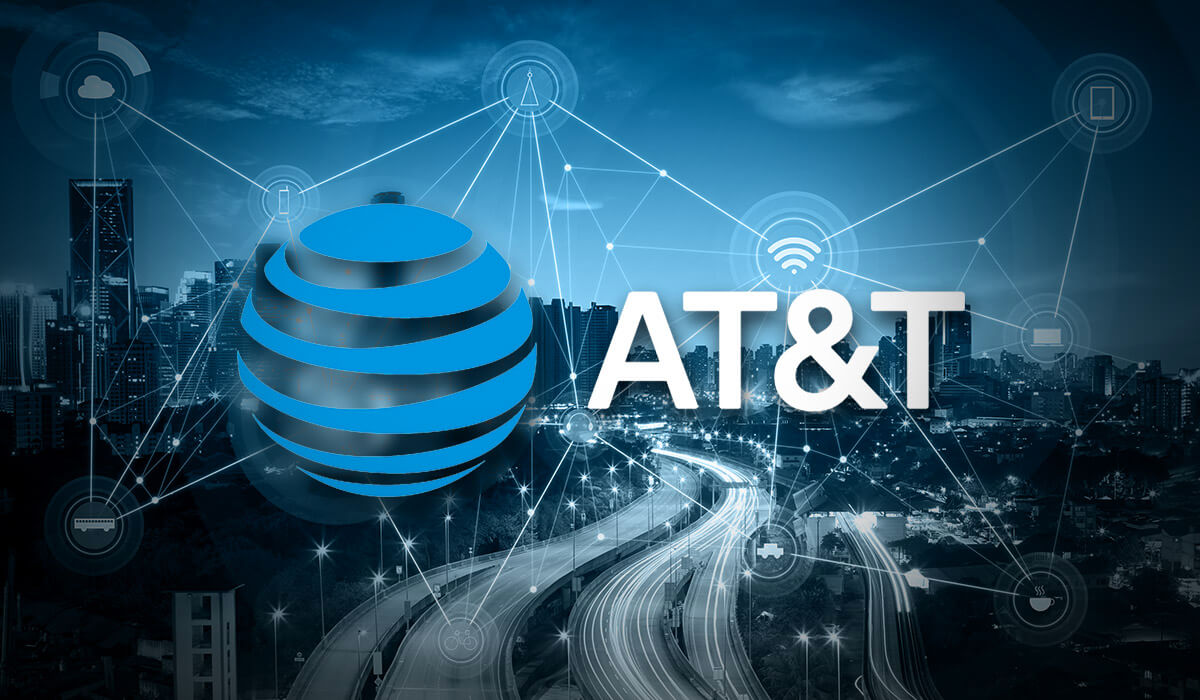AT&T’s IoT Chief Talks Connected Cars, Partnerships With Cloud Giants and More
24 January 2019 Uncategorized
While AT&T’s traditional wireless business has been facing top-line pressures, its connected device business continues seeing strong growth, racking up nearly 12 million new subscriptions over the telco’s last four reported quarters.
Last week at CES, I had a chance to talk with Chris Penrose, who as AT&T’s Internet of Things SVP is in charge of AT&T’s connected device services business for cars, consumer electronics and a variety of industry verticals. Here are some of the most significant topics we discussed.
Connected Car Growth
Of the 48.2 million connected devices AT&T reported having on its network as of Q3, 24 million consisted of connected cars — a market in which AT&T appears to be well ahead of other major U.S. wireless providers. Penrose noted AT&T has added over one million cars to its network for 14 straight quarters, and that the figure topped two million in Q3.
The lion’s share of these connections consist of deals with automakers; at CES, AT&T announced a new connectivity partnership with Toyota (TM – Get Report) that covers Toyota and Lexus-brand cars starting with 2020 models. However, Penrose mentioned that AT&T also has over one million consumer subscriptions for connected car Wi-Fi hotspots.
Autonomous Driving’s Potential
Intel once estimated that autonomous cars will generate and consume 40 terabytes of data for each eight hours of driving. While only a small fraction of this data will be moved off the car, that still creates a sizable opportunity for wireless providers, as self-driving vehicles share driving data with cloud data centers that use the data to improve driving algorithms. “We do see a huge spike just in the amount of data coming off the vehicle,” Penrose said.
Moreover, given that consumers will have more free time inside a car if they don’t have to drive it, and that a car that doesn’t need traditional front or side visibility within the passenger cabin might be able to pack much larger displays, the amount of data and content consumed within cars, whether for work or entertainment purposes, could rise considerably. “As autonomy’s coming on, what are some of the things you’re going to be wanting to do if you are not having to spend as much time worrying about the actual operation of the vehicle?” Penrose asked rhetorically.
Talking With Other Cars and Nearby Infrastructure
Penrose says AT&T is “working closely with all of the automakers” on vehicle-to-everything (V2X) solutions that — using both short-range radios and mobile radio interfaces such as 5G — allow cars to communicate both with each other and with radios built into the infrastructure a car drives near. Some of the V2X use cases Penrose brought up included alerting cars farther back on a road about an accident, helping ambulances get to a location more quickly, using radios within traffic lights to coordinate traffic and immediately sharing critical info with first responders.
He added that AT&T is working to support both of the standards vying for V2X supremacy (C-V2X and DSRC), and that the company also sees an opportunity in securing such data traffic. The comments came during a week that saw Ford, one of AT&T’s C-V2X partners, announce that it plans to support C-V2X starting in 2022.
IoT Service Momentum
AT&T now claims nine verticals with over 1 million device connections, Penrose said. In addition to connected cars, asset management, smart cities, agriculture and retail were among the fields where AT&T was said to have seen strong adoption for its IoT offerings.
Penrose argued AT&T’s ability to service IoT assets globally, rather than just in the U.S., was a key selling point, as was its ability to offer end-to-end solutions (covering devices, the network, applications, etc.) in which it acted as a systems integrator.
Partnerships With Amazon and Microsoft
AT&T and Amazon Web Services (AWS) have partnered to offer a slew of joint connectivity, security and IoT services. Of these, Penrose was particularly eager to talk about adoption of the LTE-M Button, which lets AT&T business customers quickly send a request (using its LTE-M IoT network) to Amazon.com’s data centers that triggers various AWS actions.
“We’ve seen a lot of interesting use cases around this,” Penrose said. Examples he cited included supply chain services, the re-ordering of items that are out of stock (echoes of Amazon’s Dash button for consumers) and issuing customer service requests at places such as concerts and hospitality venues.
Penrose noted AT&T also has deals with Microsoft and IBM to help securely move IoT data to each company’s cloud platform. And there’s also a partnership with Microsoft through which an AT&T solution for managing and monitoring IoT assets runs on Microsoft Azure.
AT&T now has “multi-millions of connections” related to asset management, Penrose said. He also noted AT&T has begun using its IoT services to manage its own infrastructure assets.
Reference: Thestreet.com

